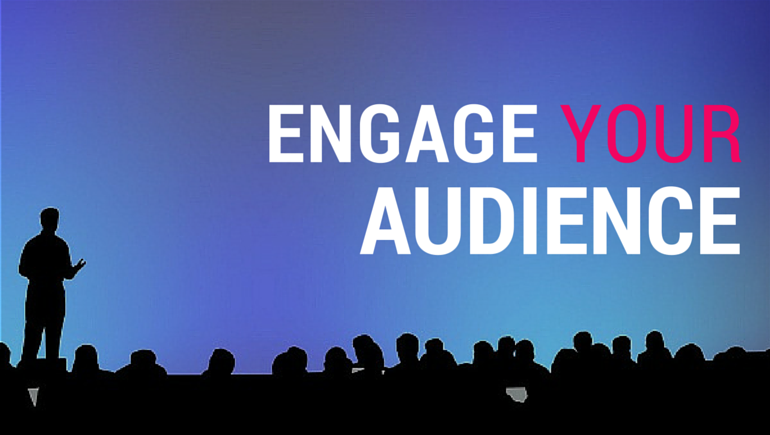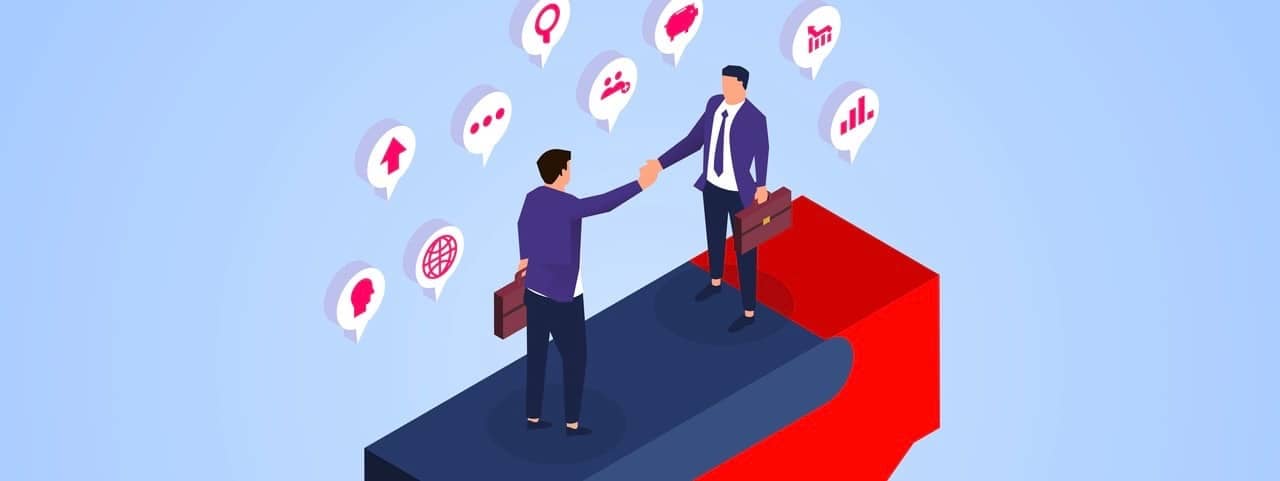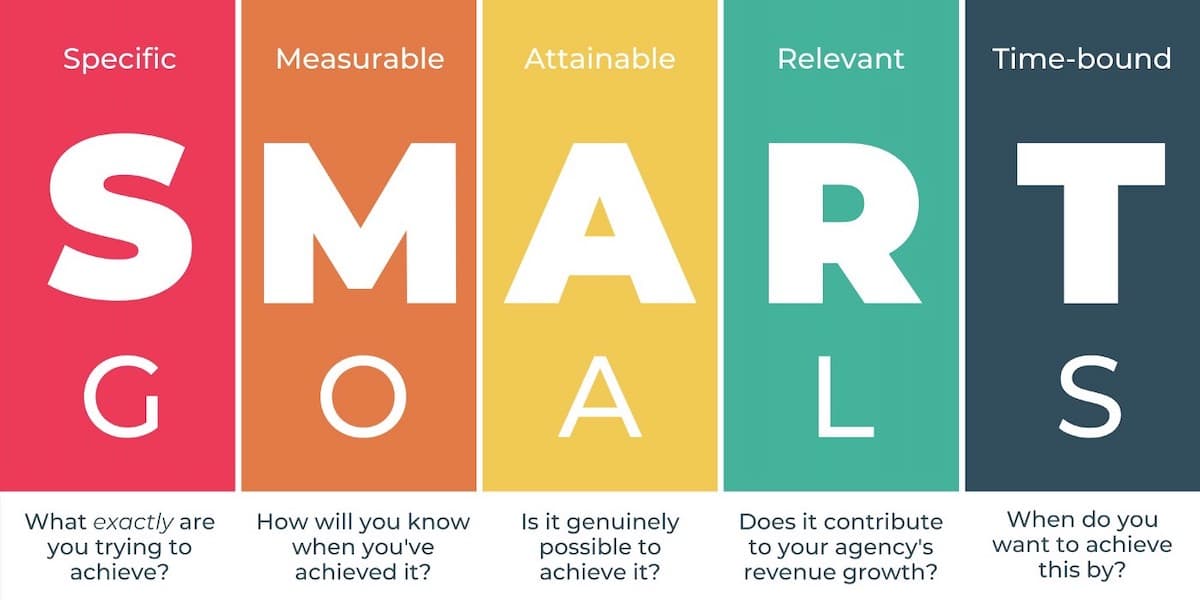Email marketing continues to be a profitable tool for businesses to engage with their audience and drive results. However, manually sending individual emails to every subscriber can be time-consuming and inefficient. Email marketing automation can solve that. By automating your emails, you can save time, increase efficiency, and deliver targeted messages to the right people at the right time. In this post, we will explore five steps to craft an effective email marketing automation strategy.

Email Marketing Automation
Email marketing automation refers to the use of software to automatically send emails to subscribers based on predetermined triggers or actions. It allows businesses to streamline their email marketing efforts and deliver personalized messages to their audience. But what exactly is email marketing automation, and why is it important?
Email marketing automation is a powerful tool that revolutionizes the way businesses communicate with their customers. It involves setting up a series of predefined rules or triggers that determine when and what emails are sent to subscribers. These triggers can be based on various factors, such as a subscriber's behavior, demographics, or specific actions they take on your website.
Imagine a scenario where a potential customer visits your website and signs up for your newsletter. With email marketing automation, you can instantly send them a welcome email, thanking them for joining your community and providing them with valuable information about your products or services. This personalized touch not only helps to establish a connection with the subscriber but also increases the likelihood of converting them into a paying customer.
It also allows you to nurture leads and build relationships with your audience over time. By creating a series of automated emails that are triggered by specific actions or milestones, you can guide subscribers through a carefully crafted journey. For example, if a subscriber abandons their shopping cart, you can automatically send them a gentle reminder, enticing them to complete their purchase. This level of personalized communication helps to build trust and loyalty, ultimately driving conversions and increasing revenue.
Additionally, email marketing automation provides valuable insights into your audience's behavior and preferences. By tracking open rates, click-through rates, and other metrics, you can gain a deeper understanding of what resonates with your subscribers. This data can then be used to further optimize your email campaigns and tailor your messages to better suit the needs and interests of your audience.

Step 1: Define Your Email Marketing Goals
The first step in crafting an effective email marketing strategy strategy is to define your goals. What do you want to achieve with your email campaigns? Setting clear goals is crucial for guiding your strategy and measuring your success.
When defining your email marketing goals, it's important to make them SMART. A SMART goal is specific, measurable, achievable, relevant, and time-bound. By setting SMART goals, you have a clear target to work towards and can track your progress along the way.
For example, instead of saying "increase email subscribers," a SMART goal would be "increase our email subscriber list by 25% within the next three months." This goal is specific because it mentions the exact percentage increase, measurable because you can track the number of subscribers, achievable because it is within a reasonable timeframe, relevant because it aligns with your email marketing strategy, and time-bound because it has a specific deadline.
Examples of Email Marketing Goals:
- Increase Email Open Rates: One of the key goals for email marketing is to improve the open rates of your emails. By increasing the number of people who open your emails, you can increase the chances of them engaging with your content and taking the desired action.
- Improve Click-Through Rates: Another important goal is to improve the click-through rates of your emails. This means getting more people to click on the links within your emails and visit your website or landing page. Higher click-through rates indicate that your email content is compelling and driving user engagement.
- Generate More Leads: Email marketing can be a powerful tool for lead generation. By creating targeted and personalized email campaigns, you can attract potential customers and encourage them to provide their contact information or take a specific action, such as signing up for a webinar or downloading an ebook.
- Convert Leads into Customers: Converting leads into customers is a primary goal for any business. Email marketing can help nurture leads through the sales funnel by delivering relevant content and offers at the right time. By creating effective email campaigns, you can increase the chances of converting leads into paying customers.
- Reduce Unsubscribe Rates: Keeping your subscribers engaged and preventing them from unsubscribing is essential for the success of your email marketing efforts. A goal to reduce unsubscribe rates involves delivering valuable and relevant content, segmenting your email list, and ensuring that your subscribers are receiving emails that are tailored to their interests and preferences.

Step 2: Segment Your Email List
Once you have defined your email marketing goals, the next step is to segment your email list. Email list segmentation involves dividing your subscribers into smaller, more targeted groups based on specific criteria. This allows you to deliver more relevant and personalized content to your audience.
Segmenting your email list is not only a best practice, but it is also a crucial step in maximizing the effectiveness of your email marketing campaigns. By dividing your subscribers into smaller segments, you can tailor your messages to their specific interests, needs, and preferences. This level of personalization can significantly increase engagement, conversion rates, and customer satisfaction.
Importance of Email List Segmentation
Segmenting your email list is important because it enables you to tailor your messages to different groups of subscribers. Not all subscribers have the same interests, needs, or preferences, so sending one-size-fits-all emails can result in lower engagement and higher unsubscribe rates. By segmenting your email list, you can send targeted emails that resonate with each segment, increasing the likelihood of conversion and customer satisfaction.
For example, let's say you have an online clothing store. By segmenting your email list based on demographics such as age and gender, you can send personalized emails featuring the latest trends and styles that are most relevant to each segment. This level of customization can make your subscribers feel valued and increase the chances of them making a purchase.
Techniques for Effective Segmentation
There are several techniques you can use to segment your email list effectively:
- Demographics: Segment subscribers based on factors such as age, gender, location, or job title. This information can help you create targeted campaigns that resonate with specific demographics. For example, if you are a travel agency, you can segment your list based on location to send customized travel deals and recommendations to subscribers in different regions.
- Behavioral: Segment subscribers based on their interactions with your emails, website, or previous purchases. By analyzing their behavior, you can identify patterns and preferences that can inform your email marketing strategy. For instance, if a subscriber frequently clicks on links related to a specific product category, you can send them exclusive offers or updates related to that category to increase their engagement and likelihood of making a purchase.
- Preferences: Segment subscribers based on their interests, preferences, or the type of content they engage with. By understanding what your subscribers are interested in, you can send them targeted content that aligns with their preferences. For example, if you have a fitness blog, you can segment your list based on topics such as yoga, weightlifting, or nutrition, and send tailored content to each segment based on their interests.
By implementing these segmentation techniques, you can ensure that your email marketing efforts are highly targeted and relevant. This level of personalization can help you build stronger relationships with your subscribers, increase engagement, and ultimately drive better results for your business.
Step 3: Design Engaging Email Content
Once you have segmented your email list, it's time to design engaging email content that resonates with your subscribers. Your emails should grab attention, provide value, and drive action. Here are some tips to help you create engaging email content:
Tips for Creating Engaging Content
- Use attention-grabbing subject lines that entice subscribers to open your emails.
- Keep your emails concise and focused on one main message.
- Use clear and compelling call-to-action buttons to drive clicks and conversions.
- Include visuals, such as images or videos, to enhance the visual appeal of your emails.
- Test different email designs and layouts to see what resonates best with your audience.
Using Personalization in Email Content
Personalization is a powerful technique that can significantly improve the effectiveness of your email marketing campaigns. By personalizing your emails, you can make your subscribers feel valued and increase their engagement. Personalization can involve using the recipient's name, referencing previous interactions or purchases, or sending targeted content based on their preferences.
Step 4: Set Up Email Automation Triggers
After designing your email content, it's time to set up email automation triggers. These triggers determine when and under what circumstances your emails are sent to subscribers. Understanding and utilizing email triggers is essential for effective email marketing automation.
Understanding Email Triggers
Email triggers are the events or actions that trigger the sending of an automated email. Some common email triggers include:
- Welcome emails: Sent to new subscribers to welcome them and introduce your brand.
- Abandoned cart reminders: Sent when a subscriber adds items to their cart but does not complete the purchase.
- Follow-up emails: Sent after a subscriber completes a specific action, such as signing up for a webinar or downloading an ebook.
Common Email Automation Triggers
Other common email automation triggers include:
- Anniversaries or birthdays
- Subscriber inactivity
- Product recommendations based on previous purchases
- Post-purchase follow-ups
What are you waiting for?
Crafting an effective email marketing strategy can radically optimize your marketing efforts. Nonetheless, it requires a systematic approach. By understanding email marketing automation, defining SMART goals, segmenting your email list, designing engaging content, and setting up email automation triggers, you can create personalized and targeted email campaigns that drive results. So, stop waiting. Embrace the power of email marketing automation and unlock the full potential of your marketing activities.


-AK-148968-preview.png?width=842&height=310&name=1.01-1x1px-Embertribe-(Client-Services)-AK-148968-preview.png)








-1.jpg)






%20-%20500x500%20-%20SP%20-%2045.01.png)
%20-%20500x500%20-%20SP%20-%2049.01.png)
%20-%20500x500%20-%20SP%20-%2057.01.png)


.png)